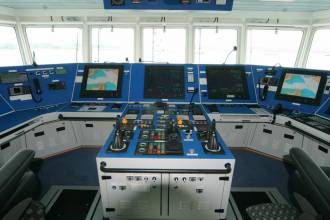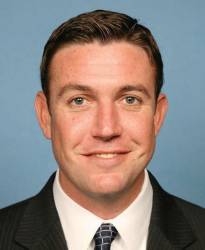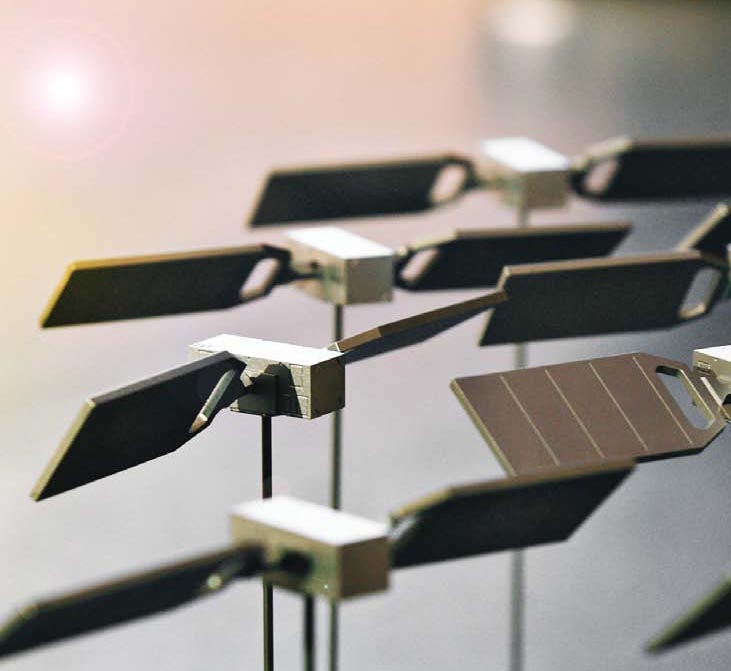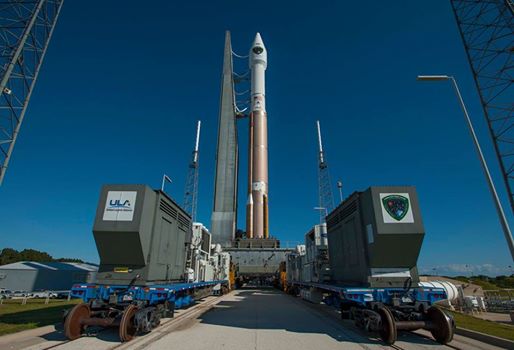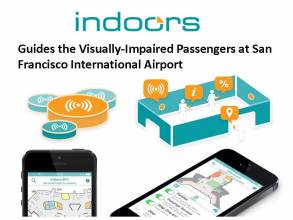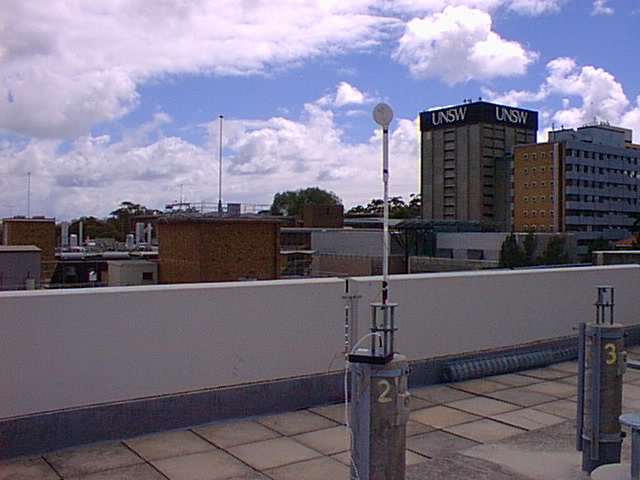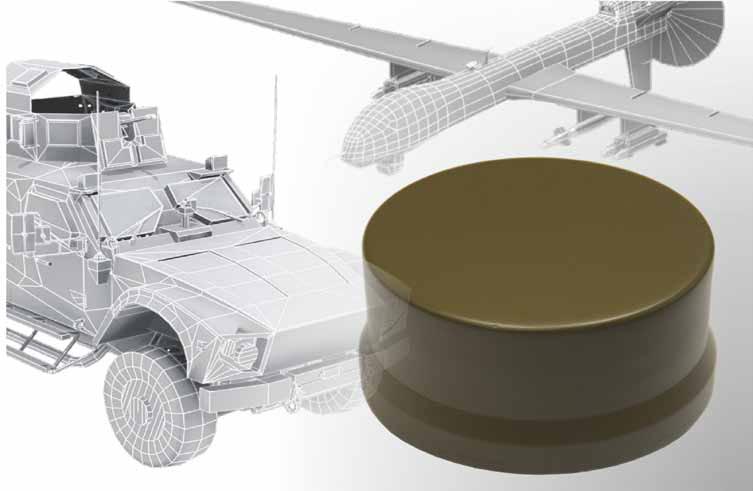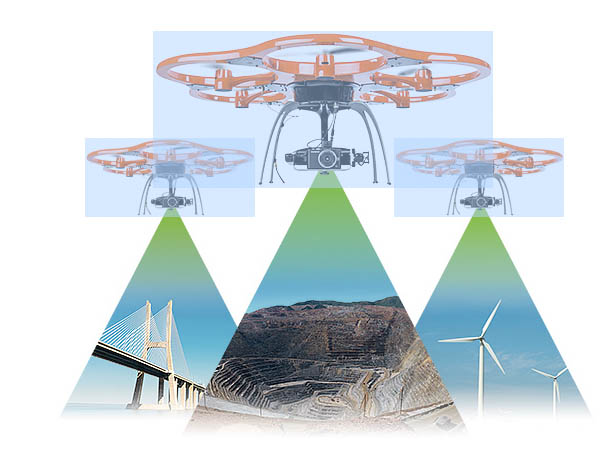October 29, 2014
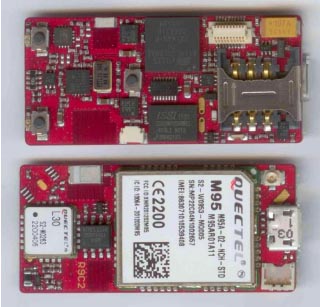 KCS TM-202LAR GPS/RF/GSM module
KCS TM-202LAR GPS/RF/GSM moduleKCS bv, based in Dordrecht, The Netherlands, has introduced the newest OEM addition to its family of TraceME products, the TM-202LAR, a GPS/RF/GSM module intended for incorporation into products and systems used for tracking people, vehicles, and objects.
Measuring 46x21x6.5 millimeters and weighing seven grams, the low-power TM-202LAR incorporates a 48-channel CSR SiRFstar-IV GSD4e GPS L1 receiver, GPRS/GSM modem (QUAD band version) for RF connectivity up to two kilometers (1.2 miles), and a 3D magnetic compass and 3D accelerometer the operates at up to 16g.
Read More >
By Inside GNSS

